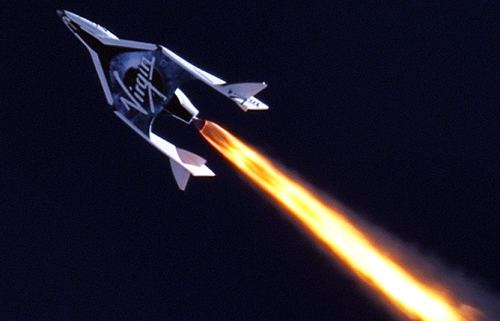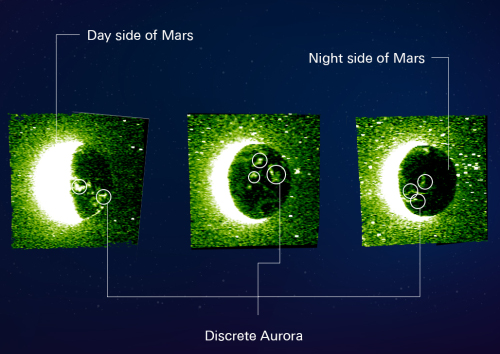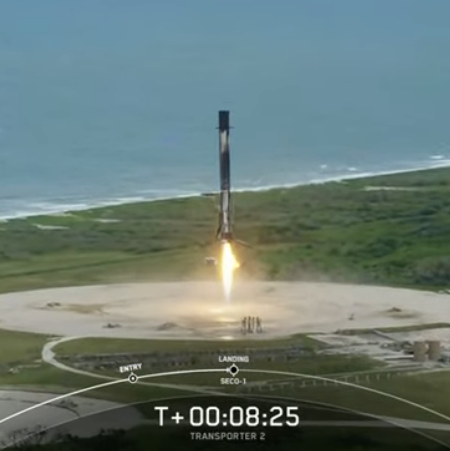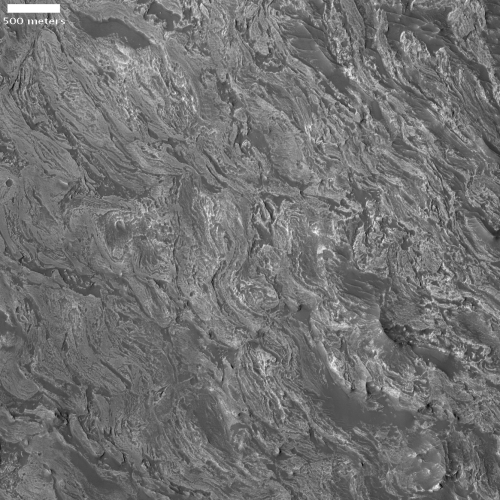More delays in India’s space program
Blaming COVID-19, the head of India’s space agency ISRO, K. Sivan, announced yesterday that they are delaying the first unmanned test flight of their manned space capsule so that it will not fly in 2021 as planned.
ISRO had planned eight launches in 2021, but has so far only flown one, and that launch took place in February. Since then no launches have occurred. Moreover, in 2020 India only completed two launches, far less than planned. In other words, their fear of COVID has essentially shut down their entire government space program for two years.
Meanwhile, China, Russia, SpaceX, and most other private companies roll on, launching frequently and without any negative consequences. The difference tells us that India is over-reacting, and allowing its fearful bureaucracy to run the show. The result is that they are losing ground not only in their effort to fly their first manned mission, but in commercial market share. I am certain that satellite companies that would have flown on their rockets have been shifting their business to SpaceX, Rocket Lab, and many of the other new rocket startups in the U.S.
Blaming COVID-19, the head of India’s space agency ISRO, K. Sivan, announced yesterday that they are delaying the first unmanned test flight of their manned space capsule so that it will not fly in 2021 as planned.
ISRO had planned eight launches in 2021, but has so far only flown one, and that launch took place in February. Since then no launches have occurred. Moreover, in 2020 India only completed two launches, far less than planned. In other words, their fear of COVID has essentially shut down their entire government space program for two years.
Meanwhile, China, Russia, SpaceX, and most other private companies roll on, launching frequently and without any negative consequences. The difference tells us that India is over-reacting, and allowing its fearful bureaucracy to run the show. The result is that they are losing ground not only in their effort to fly their first manned mission, but in commercial market share. I am certain that satellite companies that would have flown on their rockets have been shifting their business to SpaceX, Rocket Lab, and many of the other new rocket startups in the U.S.






